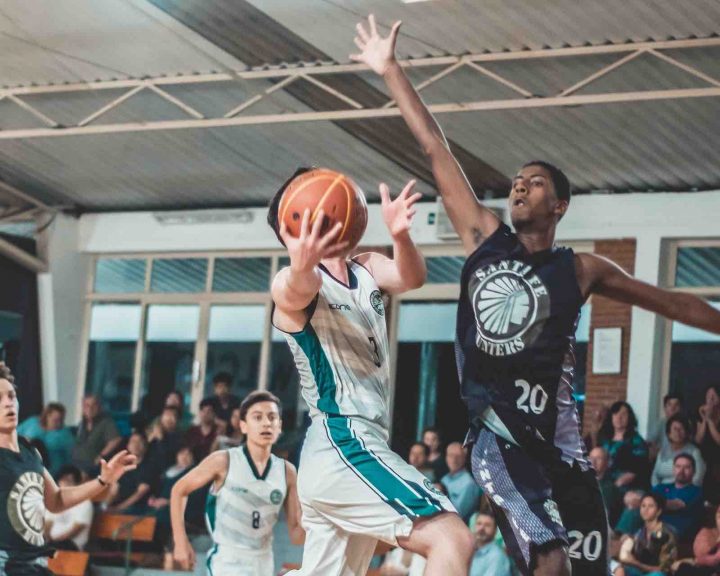Agility is a physical quality that is highly sport- and situation-specific. It requires strength, power, speed, mobility, reaction time, and mastery of certain fundamental movement skills (start, stop, shuffle, etc.). But, improving those things will only take an athlete so far, at a certain point it is necessary to address the unique sport and situational needs of the athlete.
This is very evident in the sport of football. In football, we want the athletes to be strong, powerful, and fast. Speed training is going to depend upon the athlete’s position, for example receivers and defensive backs may run longer sprints than linemen. Some positions need to train out of a two-point stance, some a three-point stance, etc.
Fundamentals
Regardless of the position, there are some fundamental skills that can be developed to improve football agility. These include:
- Starting: taking the first step explosively. The starting technique may change depending on if the athlete is primarily in a two-point stance, a three-point stance, or both.
- Stopping: running quickly in a straight line is great, but you have to be able to decelerate safely.
- Shuffling: Moving for a few steps, side to side, without tangling your feet. Important for keeping opponents in front of you. This is a transitional skill, it’s not meant to be done for long distances.
- Backpedaling: Moving backwards without tripping over your feet.
Taking those skills above, you can combine several of them once they are mastered. For example: shuffle, turn, sprint five yards. Backpedal, turn, sprint five yards. Etc.
Position-specific
While the fundamentals are being mastered, it’s important for the football player to be working on position-specific agility. This is going to require communication with the football coaches to ensure that everything is being cued the same way. This is also where some differences are going to emerge.
For example, receivers need to be able to break away from db’s, get open, and get yards after making the catch. Below is a sample drill from an article that I wrote in STACK (http://www.stack.com/2013/09/18/wide-receiver-speed-agility-drills/) to help work on that. This combines starting, stopping, changing directions, speed, and catching. A db can run this drill as well.
This needs to be thought out for each of the positions on the team. Linemen have different needs than receivers and db’s, running backs have different needs than receivers, etc.
Advanced
Athletes will need to work on position-specific drills their entire football career. However, once they have mastered the fundamental skills (start, stop, etc.) then agility training can become a little more interesting. This is by introducing a reactive component to the drills. The reactive component is important because sports are rarely predictable, so athlete’s have to be able to react and select the appropriate movement patterns based upon the situation.
A simple reactive drill involves two cones that are twenty yards apart. The athlete is at one cone, the coach at the other. On command the athlete runs towards the coach. As they get close to the coach, the coach will cue the next movement (run in that direction, run backwards, stop, etc.). These types of drills can become pretty complicated and advanced as the athlete gets better.
Putting it together
The above represents both a developmental approach for football players. For example, during the off-season the focus is going to be on fundamental movement patterns. As practices begin, the position-specific patterns are trained and the fundamental movement patterns (if they are mastered) become warm-up drills. Once the athlete is in season, the focus is on the position-specific patterns combined with the reactive drills.
Now, if the athlete has not mastered those fundamental movement patterns then this needs to be the focus until they get them down otherwise we’re just reinforcing bad habits and asking for an injury.



